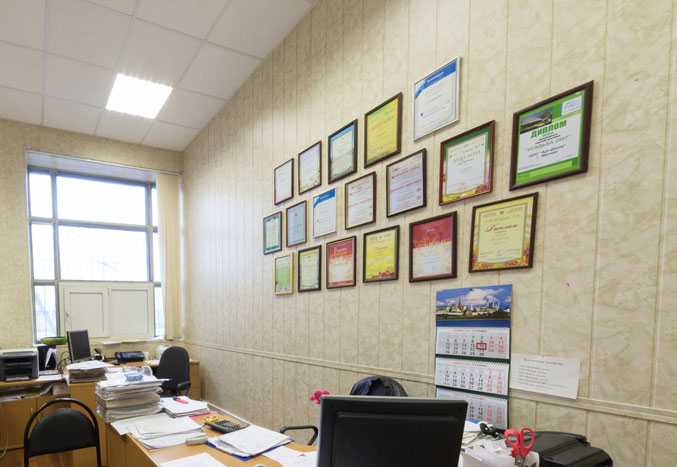
Are audits & accreditation worth the effort?
If you’ve passed a major safety audit or accreditation like ISO or the ROSPA awards, you’ve every right to feel proud. Getting your workplace in order is always time well-spent, because it focuses people’s attention on their health and well-being.
But all too often, that certificate on the wall marks the end of everyone’s focus on improvement, when it should be a stepping stone to further success.
Lizz Fields-Pattinson, our Occupational Psychologist explains what to be wary of, and how to gain more from the audit and accreditation process.
Why be wary of audits and accreditation?
“It’s good to recognise that systems need to be in place or updated for compliance. Pushing to achieve accreditation can give you the boost to tackle some of those outstanding health and safety issues.
“But don’t assume that an audit and getting accredited will solve all your problems. It will fix things, but only to a point. You’ll shift along the cultural maturity scale but you’re still a long way from the top, because the ‘people side’ of culture change is not the main focus when working through these audit and accreditation processes.
“The audit process does get things done. It puts the safety team in a stronger position and points out areas that can be improved. But it doesn’t mean people work safer. They might work in a safer environment and have all the safety equipment and knowledge they need. But it doesn’t mean they’ll use it.”
What influences people to behave like this?
“Often people aren’t doing this out of disregard for safety. They’ve just been lulled into a false sense of security because they’ve got a certificate on the wall and shiny new equipment in their work area. People think everything’s taken care of, so they get complacent – especially when no accidents happen to show them otherwise (because no one is looking for them).
“It’s like 20 mile per hour signs outside a school: everyone agrees it’s a sensible idea not to harm kids. But how many of us remember that when we’re driving in a rush to get somewhere important? Individually we think, ‘my behaviour can’t add to the risk by that much, surely?’ So we all do 25 and feel OK about it.”
“There’s a disconnect between personal action, and the responsibility we say we will take.
“What you’ve got to realise is this is the first part of the journey and you should now be aiming for the next milestone. You’ve got to educate people, raise awareness and change attitudes by engaging with staff – get them involved in the hunt for the new improvements and ideas.
“You need to shift activity from the safety team and managers over to the teams themselves.”
What can you do to shift from this complacent mindset to continuous improvement?
“What you’ve got to do is move the ownership of safety from management, where it is now, into your teams. For example, you could move your workplace assessments to first-line managers. Empower them to challenge behaviour and be proactive rather than it coming from the safety team.
“A good place to start this is to look at those persistent problems which never seem to get fixed but which people are willing to put up with, or work around. Then put a team together from all levels to look into what can be done to make things better.
“This shows commitment because the issues get fixed even though they don’t have to be fixed by law, and don’t really have anything to do with the bottom line. But they’re still important to people.
“Often, the only things that get fixed are out of necessity – to get them up to scratch for the audit. Yet other areas (that aren’t in the audit) stay as bad as they’ve always been. This is frustrating for people who try to work with them, because any discussion about improvement seems to fall on deaf ears, and shows that passing the audit was the real focus, not their safety.
“Get people together to solve these kinds of problems (rather than it getting forced down from above, or just the safety team) and you’ll get buy-in from everyone at every level. Things really seem to start happening.
“They’re small gains but they win you acceptance and involvement from the ground up, and people start to look out for potential issues without waiting for an inspection or an audit.”
Are audits and accreditation worth doing?
“Yes, audits and accreditation like ISO, ROSPA Gold and BSC 5-Stars are good for momentum – they give you leverage and get you up to a higher standard than you were at before. But they can send out the wrong message to people on the ground, if the things that really need fixing are left untouched.
“They’re good for getting you to a certain point, but you’ve got to be wary that they can encourage a sense of complacency, disengagement or even cynicism.
“That certificate on your wall is certainly worth celebrating, but it isn’t the end. It’s just one small step on your journey towards cultural maturity. Look at who owns the safety agenda in your organisation. Is it really being driven by the people it affects the most?”



